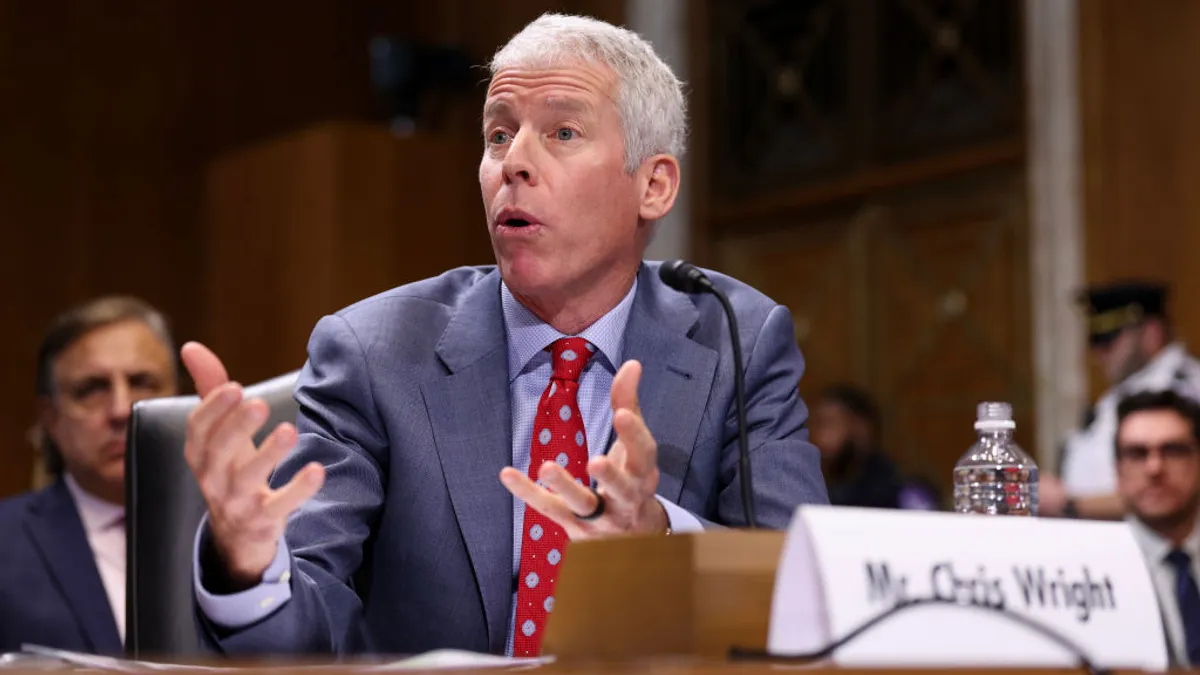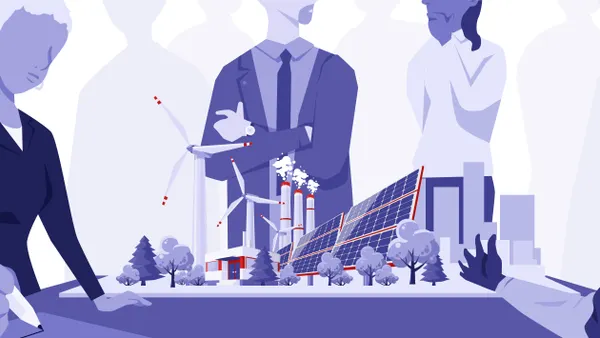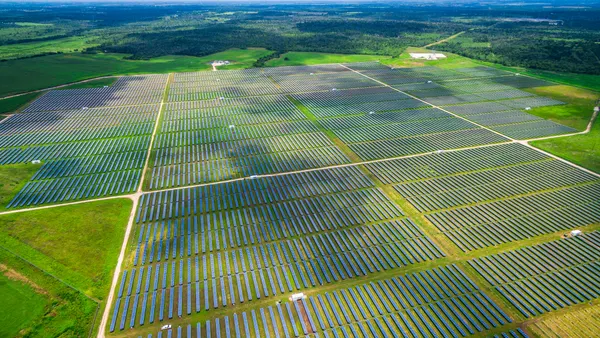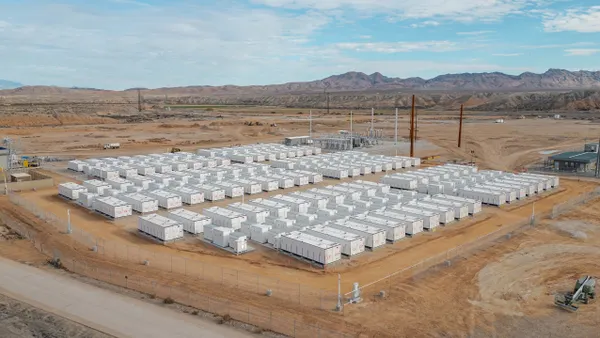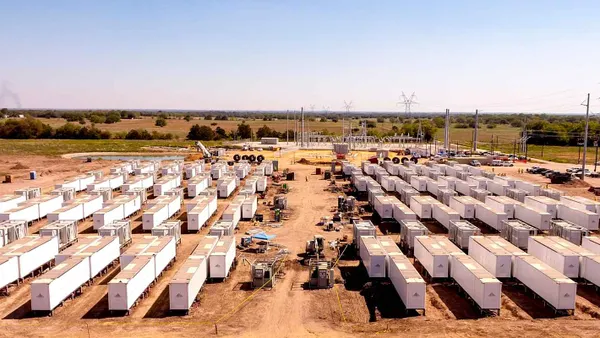Dive Brief:
-
Power-to-gas technologies, which soak up excess renewables that would otherwise have been curtailed to produce methane or hydrogen, are an option that can be seriously considered for California's path to carbon neutrality, Karl Meeusen, senior advisor of infrastructure and regulatory policy at the California Independent System Operator, said during a webinar Tuesday.
-
The approach is an integral component of California's "optimal path" to a decarbonized electric sector, as outlined by technology company Wärtsilä, and would equip the state with a distributed, long-term energy storage system "with durations of weeks, not hours, providing seasonal balancing and security of supply during extreme weather events," according to a new Wärtsilä whitepaper.
- "What's cool about this is it's seasonal time shifting — so it's taking energy from when your renewable production is the largest, and distributing it out to the shoulder months when renewable energy is at its lowest," Joseph Ferrari, Wärtsilä's general manager of utility market development, said.
Dive Insight:
California is aiming to supply all its electricity from carbon-free resources by 2045, and the big challenge is going to be meeting those goals while maintaining a very high level of reliability in a cost-effective manner, Jan Smutny-Jones, CEO of the Independent Energy Producers Association, said during the webinar.
The state's current plan is to basically add a lot of solar and wind power, and back it up with battery storage. That strategy will likely lead to excess solar and storage which will then need to be managed, he said. Given this context, Wärtsilä's proposal, to leverage excess renewables to produce hydrogen and methane, "is an interesting plan and worthy of further consideration as we think about our plan for meeting our 2045 goals," he said.
Wärtsilä's roadmap — initially presented during a webinar in March and then updated with a scenario based on hydrogen production — could help California reach its clean electricity goal five years ahead of the 2045 deadline, according to the company. It requires a quicker build out of renewables and battery storage than is currently laid out by the state's integrated resource planning process, and then deploying power-to-gas technology to siphon off the excess renewables closer to 2045.
Any power system moving closer to 100% renewables will have huge amounts of over-generation, which will then need to be dumped somewhere, Ferrari said. But with power-to-gas technology, excess renewables can be sucked up either to electrolyze water, creating hydrogen, or power a methanizer, which produces methane. This methane is a "renewable, carbon-neutral fuel" since its production is powered by renewables, its ingredients are air and water, and any carbon released in the process was originally taken from the air, he said.
"This fuel can be put right into existing natural gas storage and distribution [networks], or be converted to [liquified natural gas]," he said.
Power-to-gas also presents a new approach to storing energy, Ferrari said. Batteries and other short-term storage technologies can continue soaking up excess renewable energy during the day to release back on to the grid at night — but after the batteries are topped off, the remaining energy can be put into renewable fuel production week after week, building up a big store that can be converted back to electricity using the fleet of thermal assets when it's needed.
This solution enables seasonal time shifting, and would also handle multiple days of rain, which could limit solar generation and deplete storage systems with 12-hour durations or less, he added.
This pathway "is yet another option that we can give serious consideration to" since it addresses many of the challenges CAISO is contemplating, according to Meeusen. California's system operator has raised concerns about capacity shortfalls that could occur as soon as next year, especially during evening peak hours.
As California's peak demand shifts to later in the day, and coal plant retirements shrink its import capacity — currently 30% of the state's energy services come from external sources — CAISO is starting to see shortfalls in the late evening when solar production drops off, he said. Another issue is the operator's ramping needs, which are currently in the neighborhood of about 14,000 MW and could rise to 25,000 MW by 2030.
"We're looking to retire resources that have long-duration capability, and we need to be able to have strategic retirement of those [in combination] with alternatives with long-duration capability, or understand the implications of how much additional short-duration capacity in California we need to build," he said.
Power-to-hydrogen is not a concept anyone is going to complain about, Mohit Chhabra, senior scientist at the Natural Resources Defense Council's climate and clean energy program, told Utility Dive, but one big question is how much it'll cost. While methane can be introduced easily into California's natural gas system, only some of it can be repurposed for hydrogen — a cost that isn't included in the whitepaper, according to Ferrari.
With power-to-methane, the state will need to be careful that the technology is truly carbon neutral and doesn't lead to situations where gas infrastructure is kept longer than needed, said Chhabra.
"Once you start mixing the different methane-based fuels in, it can be hard to tell how much net carbon you're reducing versus how much you're just propagating the system," he added.




